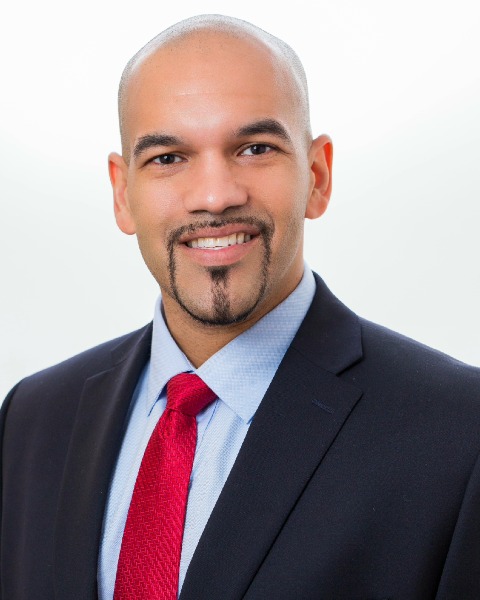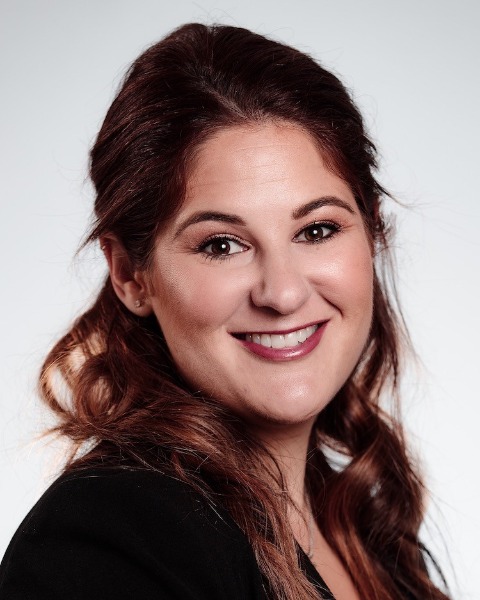Safety & Quality
A Leadership Guide to Influencing a Culture of Safety (127H)
Organizations spend the majority of patient safety resources on reactive activities following serious safety events, and few invest in leaders who influence culture, losing an opportunity to optimize a leader's reach across the organization. Operational leaders require role clarity after a safety event, as well as individuals to role model behaviors that improve and promote psychological safety, enabling the organization to shift to proactive solutions. This session will define roles and responsibilities after a safety event and methods to be leveraged to optimize leader presence and promote staff comfort in speaking up. Information shared can be easily applied by teams attempting to positively impact a culture of safety. Presenters will define and provide a blueprint for the development, deployment and integration of tiered huddles for both clinical and non-clinical areas. Participants will hear best practices and lessons learned around event management, preventable harm rounds, CRP—early disclosure and apology, safety coach programs, and key performance indicators that influence safety culture. This session has tangible practices that anyone can adopt and apply today. Applying the methods discussed will advance your culture of safety and create a space where staff voices are heard and amplified.
Learning Objectives:
- Create a visual process map and swim lane to enhance role clarity in the event management process.
- Apply a tiered huddle approach to enhance situational awareness, transparency and safety.

Alvin J. D'Angelo, FACHE
Vice President, Operations
Johns Hopkins Medicine - Suburban Hospital
Samantha Crandall, PhD, RN, CPHQ, CPPS
Director, Patient Safety
Johns Hopkins Medicine - Suburban Hospital
